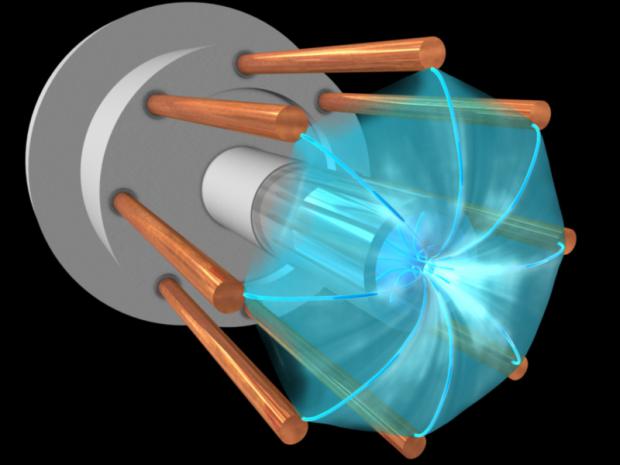
Breaking News
 China Will Close the Semiconductor Gap After EUV Lithography Breakthrough
China Will Close the Semiconductor Gap After EUV Lithography Breakthrough
 The Five Big Lies of Vaccinology
The Five Big Lies of Vaccinology
 Large global study analyzing data from 192 countries has sparked intense debate by suggesting...
Large global study analyzing data from 192 countries has sparked intense debate by suggesting...
Top Tech News
 EngineAI T800: Born to Disrupt! #EngineAI #robotics #newtechnology #newproduct
EngineAI T800: Born to Disrupt! #EngineAI #robotics #newtechnology #newproduct
 This Silicon Anode Breakthrough Could Mark A Turning Point For EV Batteries [Update]
This Silicon Anode Breakthrough Could Mark A Turning Point For EV Batteries [Update]
 Travel gadget promises to dry and iron your clothes – totally hands-free
Travel gadget promises to dry and iron your clothes – totally hands-free
 Perfect Aircrete, Kitchen Ingredients.
Perfect Aircrete, Kitchen Ingredients.
 Futuristic pixel-raising display lets you feel what's onscreen
Futuristic pixel-raising display lets you feel what's onscreen
 Cutting-Edge Facility Generates Pure Water and Hydrogen Fuel from Seawater for Mere Pennies
Cutting-Edge Facility Generates Pure Water and Hydrogen Fuel from Seawater for Mere Pennies
 This tiny dev board is packed with features for ambitious makers
This tiny dev board is packed with features for ambitious makers
 Scientists Discover Gel to Regrow Tooth Enamel
Scientists Discover Gel to Regrow Tooth Enamel
 Vitamin C and Dandelion Root Killing Cancer Cells -- as Former CDC Director Calls for COVID-19...
Vitamin C and Dandelion Root Killing Cancer Cells -- as Former CDC Director Calls for COVID-19...
 Galactic Brain: US firm plans space-based data centers, power grid to challenge China
Galactic Brain: US firm plans space-based data centers, power grid to challenge China
LPP Fusion working on inpurities for Tungsten anode and in the summer will have...

Since the beryllium anodes have already been received at the Middlesex NJ lab, we will soon have a complete set of beryllium electrodes ready for our next set of experiments. This will be an important milestone for the project, as our effort to obtain the beryllium electrodes began in mid-2014, as soon as our crowdfunding effort had raised the money needed for the new set. Beryllium is crucial to the next step in the experiment for two reasons. First, as a light element with an atomic charge, or "z", of only 4, it will eliminate any high-z impurities in the plasma, optimizing FF-1's performance. Second, beryllium is highly transparent to x-rays, so will be much better able to withstand the heavy x-ray flux from the plasmoid as we increase fusion yields.
Once our current experiments with tungsten are complete, we will still need two or three months to prepare for the beryllium experiments.

 This is why RAM costs so much
This is why RAM costs so much

